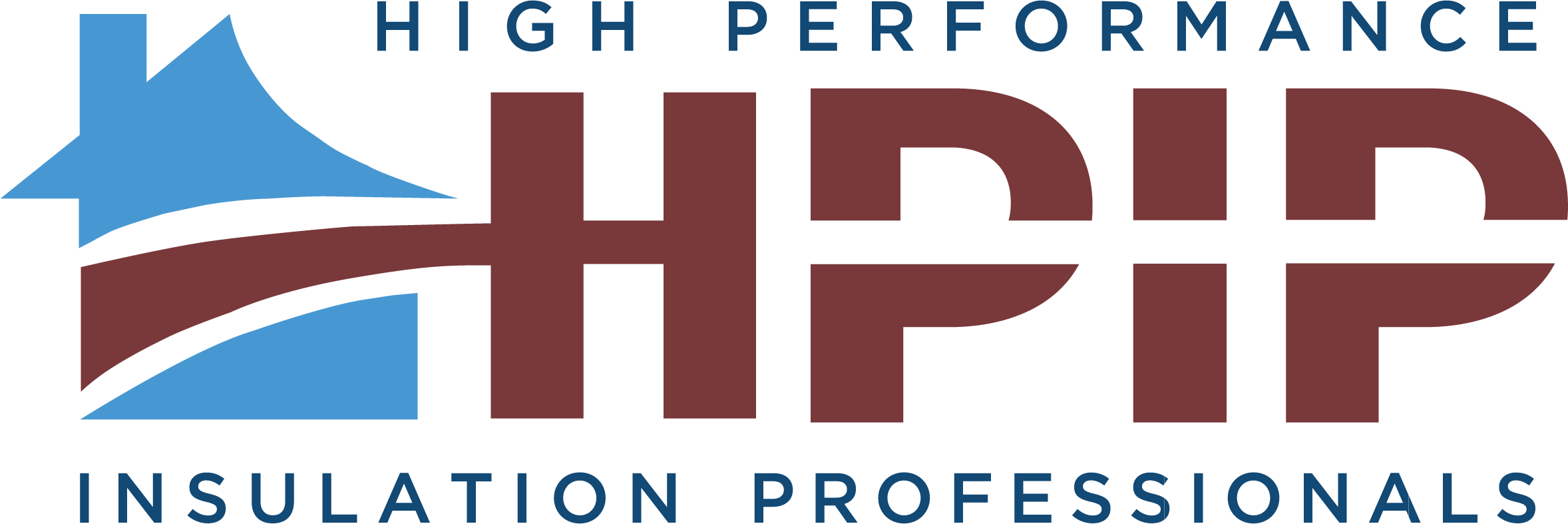Grade I installation is imperative in providing a quality, energy-efficient home. A poor installation reflects poorly on builders, installers, and manufacturers. Certified Contractors with High Performance Insulation Professionals are the best of the best in systems and installation and held to Grade I standards developed by the Residential Energy Services Network (RESNET). HERS Raters follow the insulation grading as established in RESNET’s standards in evaluating installation quality.
What are the RESNET Grading Criteria?
On-Site Inspection Protocol:
When it is possible to inspect insulation as installed (i.e., new construction), inspectors shall rate the installation as “Grade I, II, or III” according to the following guidelines, regardless of insulation material or installation process. Note that all insulation installation techniques require proper care to ensure they are completed correctly; if they are not, thermal performance can suffer dramatically. These guidelines apply to cavity fill insulation, continuous rigid insulation, and any other field-installed insulation products.
“Grade I” shall be used to describe insulation that is generally installed according to manufacturers instructions and/or industry standards. A “Grade I” installation requires that the insulation material uniformly fills each cavity side-to-side and top-to-bottom, without substantial gaps or voids around obstructions (such as blocking or bridging), and is split, installed, and/or fitted tightly around wiring and other services in the cavity. To inspect, probe in, around, or through the insulation and/or vapor retarder in several places to see whether these requirements are met. Replace or repair the vapor retarder and insulation as necessary. During inspection (typically before drywall is installed), if the exterior sheathing is visible from the building interior through gaps in the cavity insulation material, it is not considered a “Grade I” installation.
To attain a rating of “Grade I”, wall insulation shall be enclosed on all six sides, and shall be in substantial contact with the sheathing material on at least one side (interior or exterior) of the cavity. Exception: the interior sheathing/enclosure material is optional in climate zones 1-3, provided insulation is adequately supported and meets all other requirements.
For rim or band joist insulation, use the inspection guidelines under “Walls—Insulation value” to assess “Grade I”, “Grade II”, or “Grade III” installation. Exception: the interior sheathing/enclosure material is optional in all climate zones, provided insulation is adequately supported and meets all other requirements.
For exterior applications of rigid insulation, insulation shall be in firm contact with the structural sheathing materials, and tightly fitted at joints to be considered a “Grade I” installation.
For faced batt insulation, Grade I can be designated for side-stapled tabs, provided the tabs are stapled neatly (no buckling), and provided the batt is only compressed at the edges of each cavity, to the depth of the tab itself, and provided it meets the other requirements of Grade I.
For sprayed or blown-in products, density shall be sufficient that the fill material springs back when compressed slightly with a hand or finger, and provided it meets the other requirements of Grade
Interpretation:
The following illustrations represent the boundary conditions between Grade I and Grade II, that is, the installation shall be at least this good to be labeled as “Grade I”:
Occasional very small gaps are acceptable for “Grade I”.
Compression or incomplete fill amounting to 2% or less, if the empty spaces are less than 30% of the intended fill thickness, are acceptable for “Grade I”
Resources to get you a Grade I Installation
Preparing for installation:
The Insulation Institute’s page on installation considerations will help you prepare for installation, giving you an overview of what needs to happen before installation can begin.
Proper installation techniques:
These pages are mobile optimized to make them easy to use on a job site. In them, Insulation Institute provides location-specific installation images in a simple “do this, not that” format.
The criteria and resources on this page have been provided by the Residential Energy Services Network and the Insulation Institute. For more information on Grade I standards you can visit their websites by following the links below.
Manufacturer Installation Guides
Knauf Insulation - EcoBatt Insulation Installation Guide
Owens Corning - Installation Guide for Light Density Fiberglass Building Insulation


